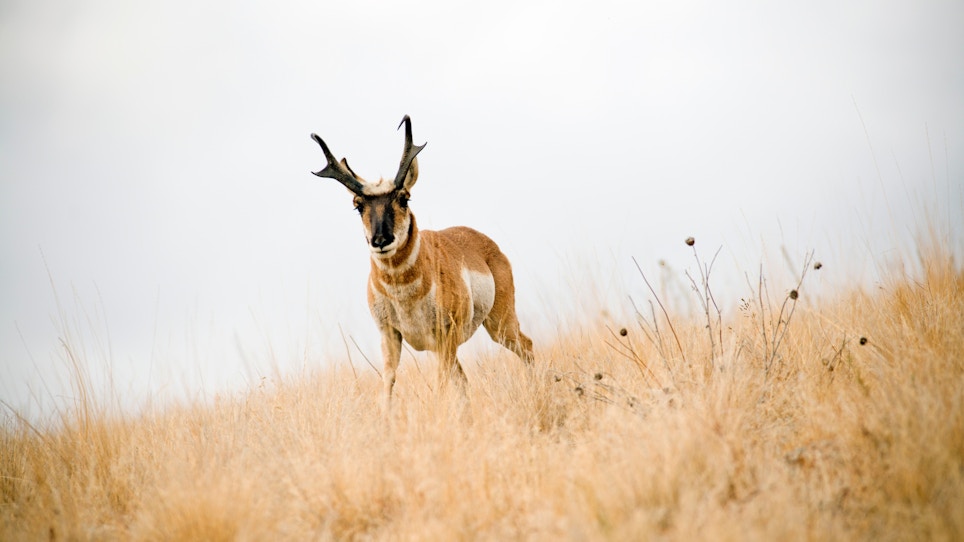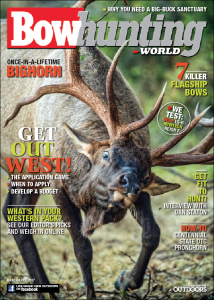The problem with antelope is that they are so visible. Their 10-power eyesight gives them the confidence to stand in the open and taunt all four- and two-legged predators. That good-luck-getting-close-to-me attitude is well-deserved and is something a lot of antelope newcomers take for granted.
After a few days of crawling through sage-dotted prairies watching white antelope butts streak off into the sunset, reality usually sets in. It’s not about stalking 15 different antelope herds each day. It’s about spending time on the glass and finding the right goat or goats to stalk.
The best are, of course, bedded loners. If you find a bedded candidate, give him some thought before moving in. Read the terrain and map out your approach before setting out. Beating one pair of eyes, even the best eyes in the business, is doable if you don’t throw caution to the wind and barge in.
Finding that dream scenario is not always possible and is far from a sure thing. You’ll end up stalking herds of varying sizes as well. Look for the right herd that’s feeding close to meaningful cover or near a washed-out gully. Spend enough time looking them over and you’ll notice they probably have a general direction in mind. If this is the case and there’s some available cover, you’re onto something.
If not, keep looking. It takes the right antelope in the right situation for a hunt to come together. Learn to recognize what that looks like, and your time in the West will be much more enjoyable.
Featured image: John Hafner







